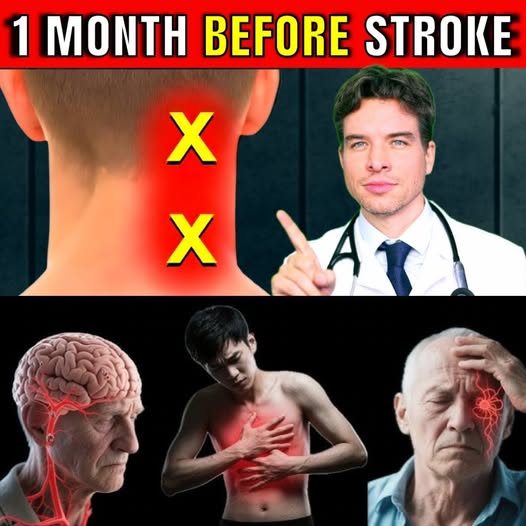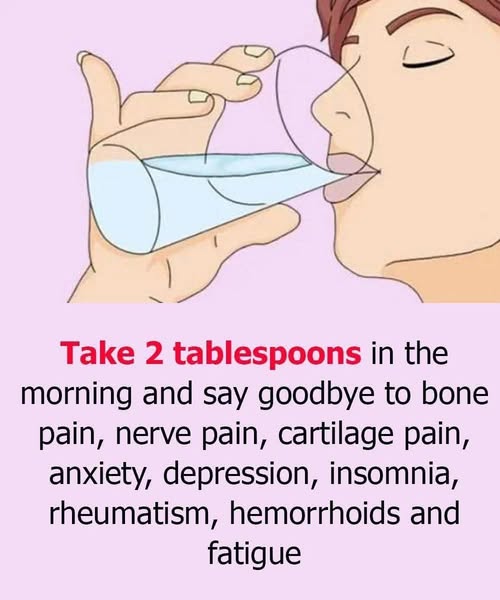Introduction: Your Urgent Guide to Spotting a Stroke Before It’s Too Late

Imagine this: you’re having lunch with a colleague, and suddenly they start slurring their words. You think it’s nothing—until they can’t move one side of their face.
Every second matters in a stroke. Acting fast can mean the difference between full recovery and lifelong disability—or even death.
Stroke is a medical emergency affecting millions each year. According to the World Health Organization, over 15 million people suffer a stroke annually worldwide, with nearly 5 million dying and another 5 million left permanently disabled.
Recognizing the early warning signs of a stroke quickly is crucial. In this comprehensive guide, we’ll uncover the 7 early warning signs of a stroke you absolutely must know, share essential statistics, answer frequently asked questions, and provide actionable strategies to help you respond effectively.
Share this with colleagues, friends, and family—it might save a life.
Table of Contents
- What is a Stroke?
- Why Early Detection is Critical
- The 7 Early Warning Signs of a Stroke
- FAST: The Proven Stroke-Recognition Method
- Frequently Asked Questions
- Prevention Strategies You Can Start Today
- Conclusion: Make Stroke Awareness Your Priority
1. What is a Stroke?
A stroke happens when blood flow to part of the brain is blocked or reduced, depriving brain cells of oxygen. There are two main types:
- Ischemic stroke (most common): caused by a blood clot blocking an artery.
- Hemorrhagic stroke: caused by a burst blood vessel.
There’s also a Transient Ischemic Attack (TIA), or “mini-stroke,” with temporary symptoms that still demand urgent care.
Key Statistic: About 87% of strokes are ischemic. (Source: American Stroke Association)
2. Why Early Detection is Critical
Brain cells begin to die within minutes during a stroke. According to the American Heart Association:
“Every minute in which a large vessel ischemic stroke is untreated, the average patient loses 1.9 million neurons.”
Acting quickly improves the chances of survival and reduces disability.
This is why knowing the early signs and acting FAST is a non-negotiable life skill.
3. The 7 Early Warning Signs of a Stroke
Let’s break down the critical symptoms you must recognize.
1️⃣ Sudden Numbness or Weakness (Especially One Side)
- Numbness in the face, arm, or leg.
- Often only one side is affected.
- Example: Your friend can’t lift one arm or their smile droops on one side.
🟢 Key Point: This is the most common stroke symptom.
2️⃣ Confusion, Trouble Speaking, or Understanding
- Slurred speech.
- Inability to find words.
- Difficulty understanding simple sentences.
Imagine asking, “Are you okay?” and they respond with garbled words.
🟢 Why It Matters: This signals the brain’s language centers are starved of oxygen.
3️⃣ Sudden Vision Problems
- Blurred or double vision.
- Complete loss of vision in one or both eyes.
🟢 Key Statistic: Vision loss can occur in up to 20% of strokes.
Emotional Trigger: Think about driving and suddenly not seeing the road ahead.
4️⃣ Trouble Walking, Dizziness, Loss of Balance or Coordination
- Stumbling for no reason.
- Sudden dizziness or loss of balance.
🟢 Real-World Example: Falling while trying to stand.
5️⃣ Severe Headache with No Known Cause
- Sudden, intense pain.
- Often described as “the worst headache ever.”
🟢 Key Point: More common in hemorrhagic strokes.
Power Word: Unrelenting pain that screams “emergency.”
6️⃣ Trouble Swallowing
- Difficulty or pain when swallowing.
- Choking easily.
🟢 Importance: Can lead to aspiration pneumonia if untreated.
7️⃣ Transient Ischemic Attack (TIA) Symptoms
- All the above symptoms, but temporary.
- Usually resolve in minutes to hours.
🟢 Critical Advice: TIAs are urgent warning shots. Over 30% of people who have a TIA will have a stroke within 1 year if untreated.
Actionable Insight: Never ignore a TIA. Seek medical help immediately.
4. FAST: The Proven Stroke-Recognition Method
One of the most effective tools to remember is the FAST acronym:
- F – Face: Ask them to smile. Does one side droop?
- A – Arms: Ask them to raise both arms. Does one drift downward?
- S – Speech: Ask them to repeat a simple sentence. Is it slurred or strange?
- T – Time: Call emergency services immediately if you see any of these signs.
Emphasized Urgency: Time lost is brain lost.
5. Frequently Asked Questions
Q1: How long do stroke symptoms last before damage is permanent?
A: Brain damage can begin within minutes. Immediate medical attention is crucial. Clot-busting drugs are most effective within 3–4.5 hours.
Q2: Can young people have strokes?
A: Yes. While stroke risk rises with age, about 10–15% of all strokes happen in people under 50.
Q3: What should I do if I see someone having a stroke?
A:
- Call emergency services immediately.
- Note the time symptoms started.
- Keep them safe and comfortable.
- Do NOT give food or drink.
Q4: What are silent strokes?
A: Small strokes with no obvious symptoms that still cause brain damage. They increase the risk of major strokes in the future.
Q5: How can I tell if it’s a stroke or something else?
A: You can’t be 100% sure without medical imaging. But if in doubt, always treat it as a stroke and call for help.
6. Prevention Strategies You Can Start Today
Stroke prevention is powerful. Over 80% of strokes are preventable with lifestyle changes and medical management.
✅ Manage Blood Pressure
High blood pressure is the leading cause of stroke.
Actionable Tip: Aim for below 120/80 mmHg if recommended by your doctor.
✅ Control Diabetes
- Monitor blood sugar.
- Follow your treatment plan.
✅ Quit Smoking
Smoking doubles stroke risk.
Promise: Quitting reduces your risk immediately.
✅ Exercise Regularly
- Just 30 minutes a day lowers stroke risk.
- Brisk walking, swimming, or cycling.
✅ Eat a Healthy Diet
- Focus on fruits, vegetables, whole grains, and lean proteins.
- Limit salt, sugar, and saturated fats.
✅ Limit Alcohol
Excessive drinking raises blood pressure and stroke risk.
✅ Manage Cholesterol
High cholesterol can block arteries.
Proven Tip: Get regular blood tests and follow your doctor’s advice.
✅ Regular Check-Ups
Exclusivity: Make preventive care part of your routine health strategy.
7. Conclusion: Make Stroke Awareness Your Priority
You now know the 7 early warning signs of a stroke—but knowledge alone isn’t enough.
You need to act on it.
- Share this article. Help friends and family recognize these signs.
- Practice FAST. Make it second nature.
- Prioritize prevention. Lower your personal risk.
Stroke doesn’t discriminate. It can strike anyone, anywhere, at any time.
But you have the power to fight back—through awareness, speed, and prevention.
Don’t wait. Recognize stroke symptoms FAST. Act quickly. Save lives.


